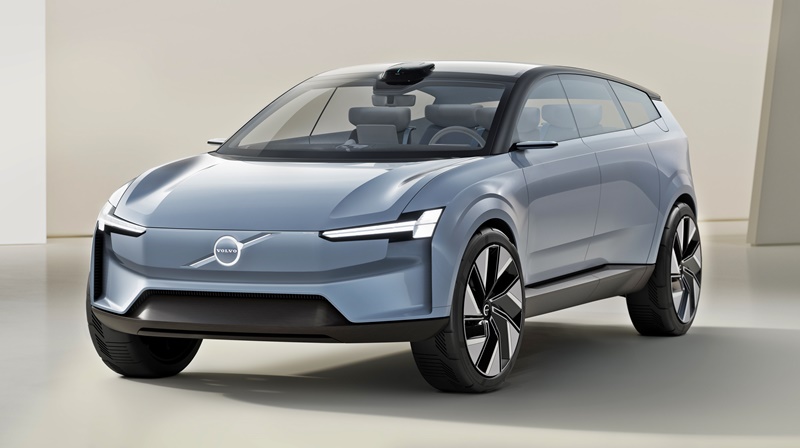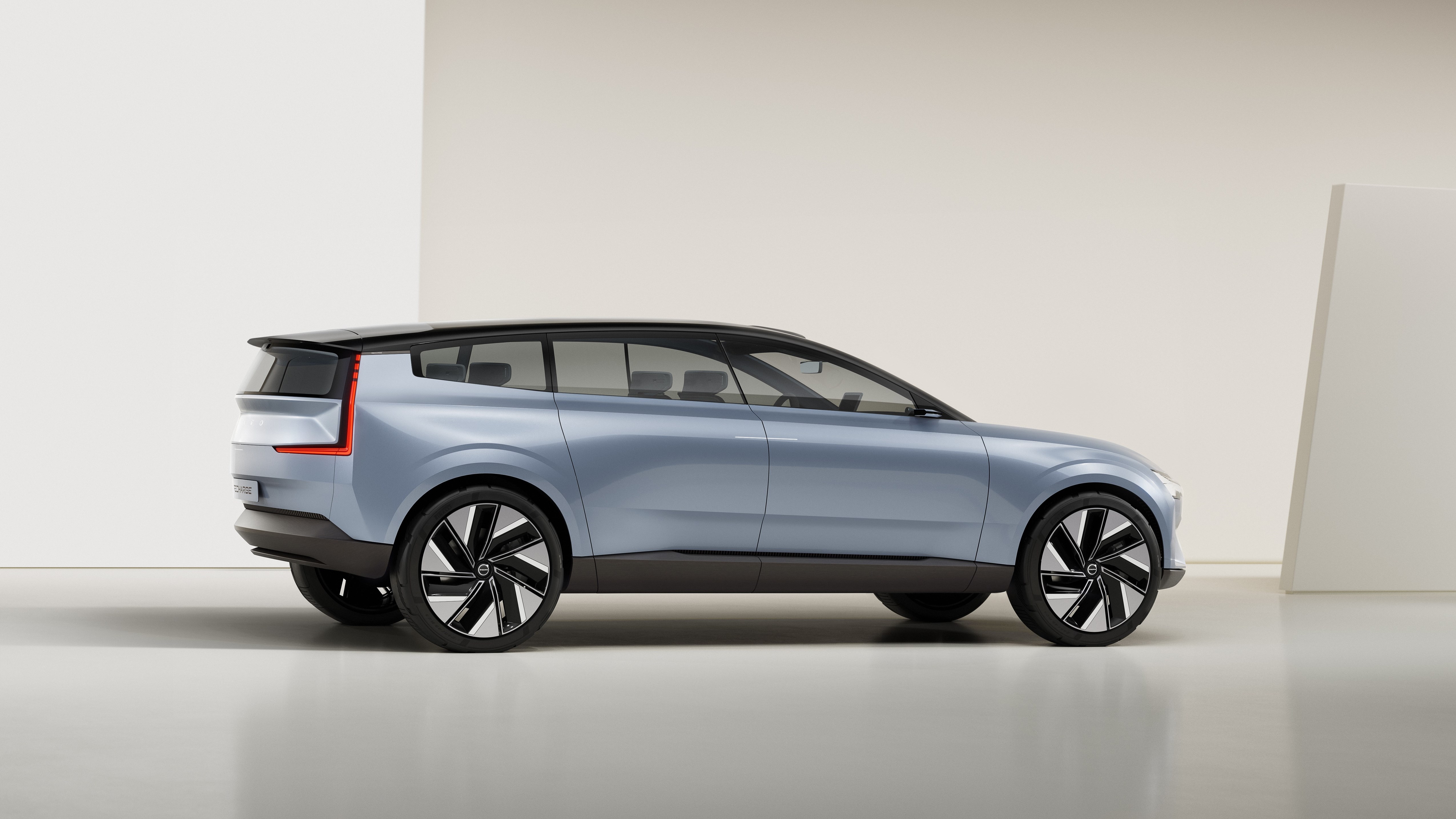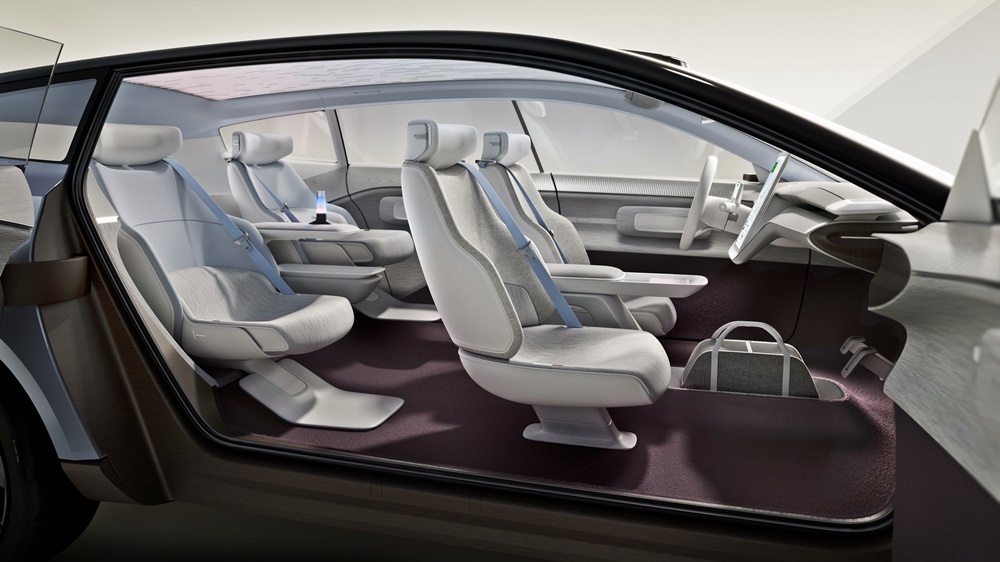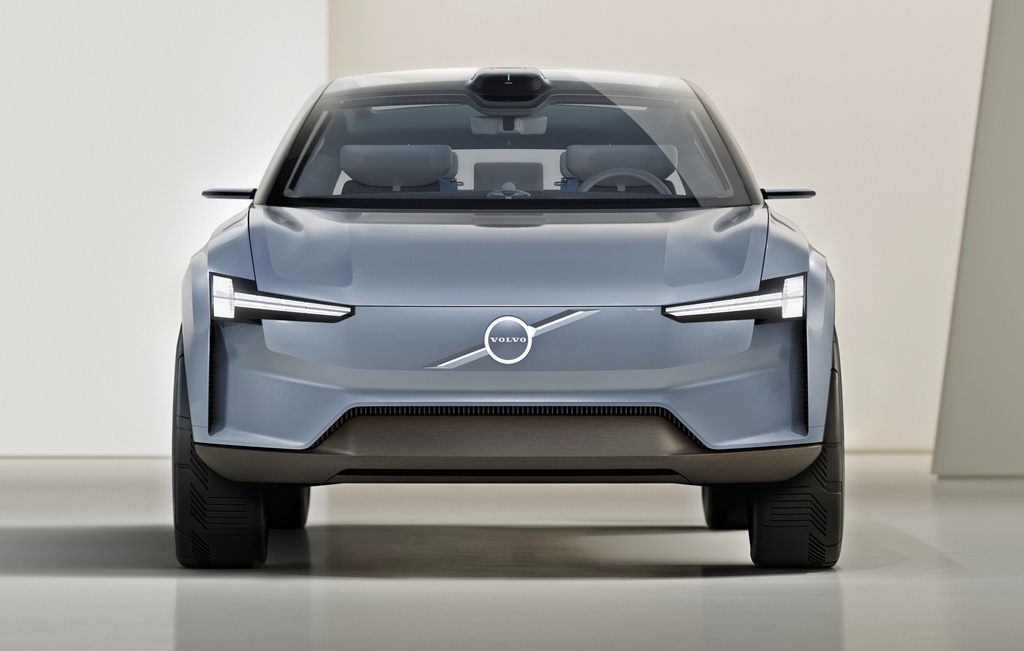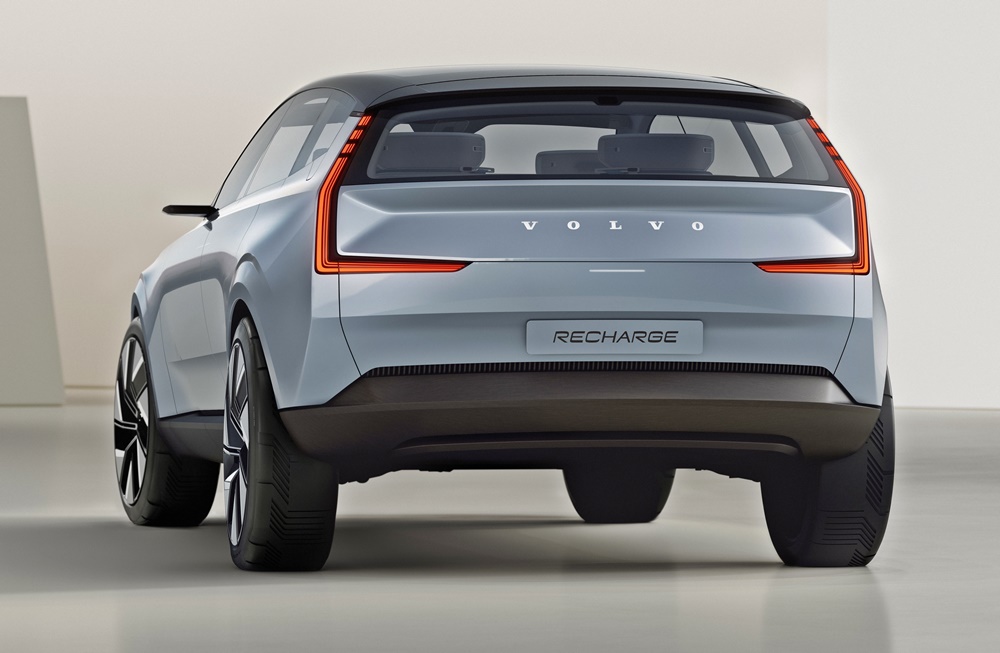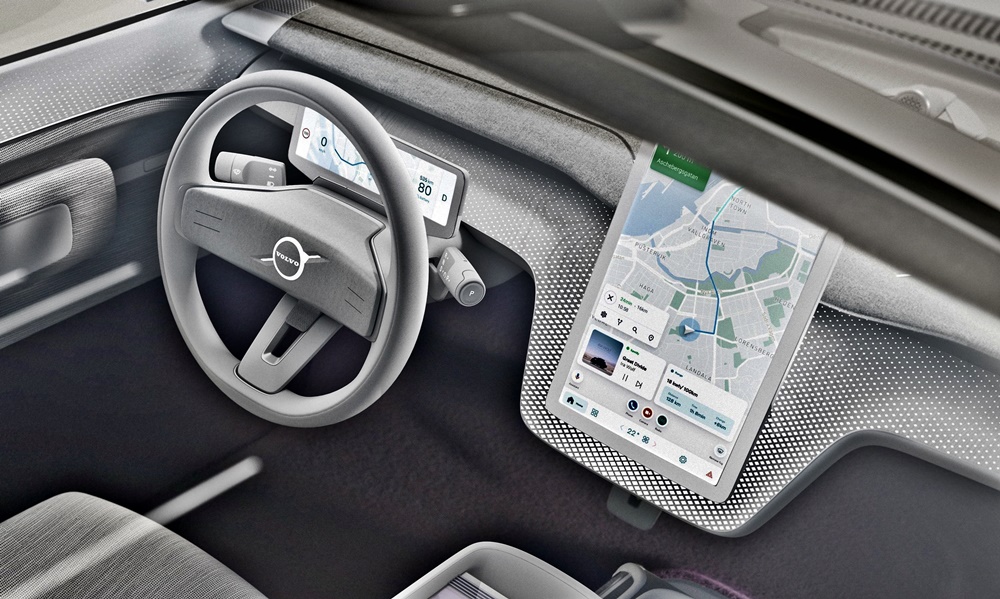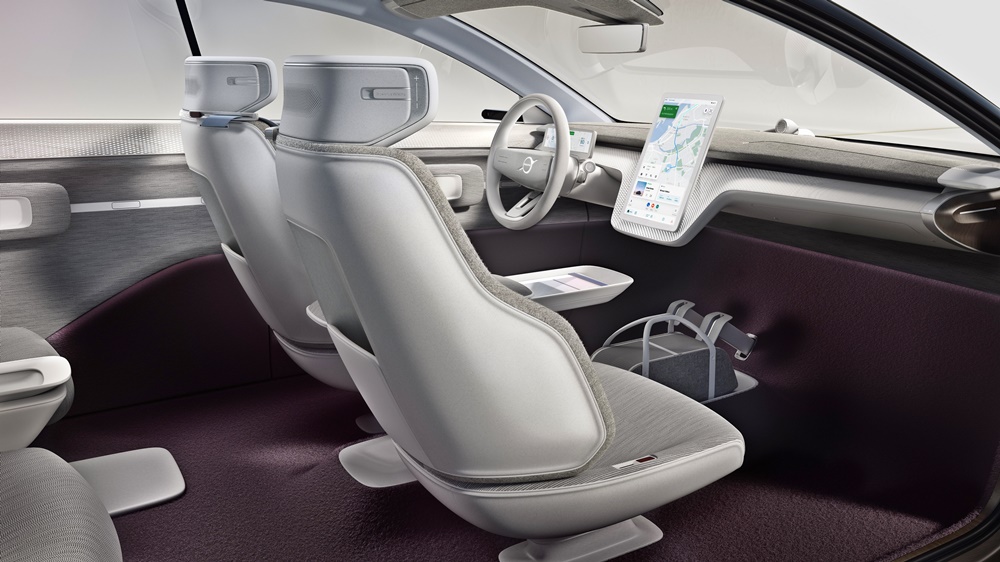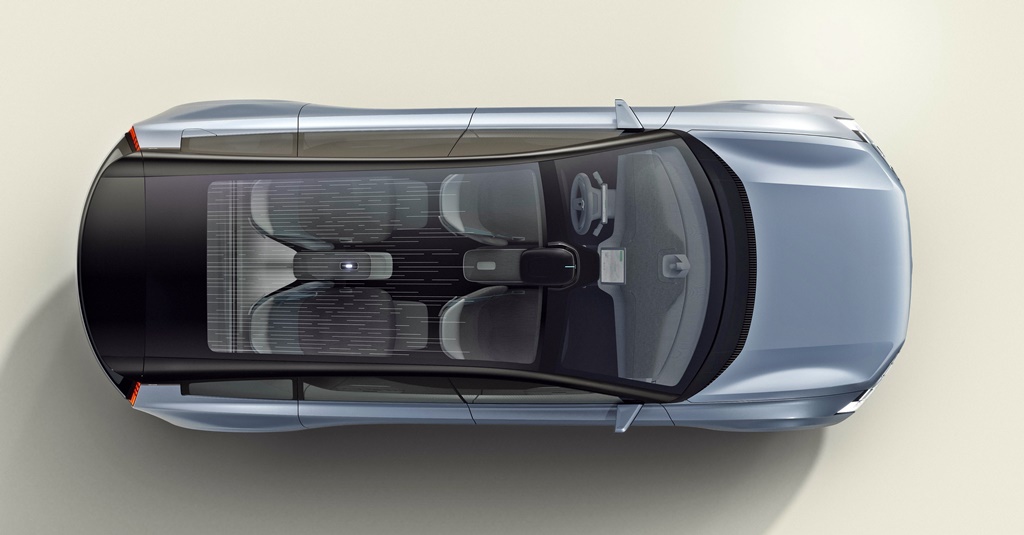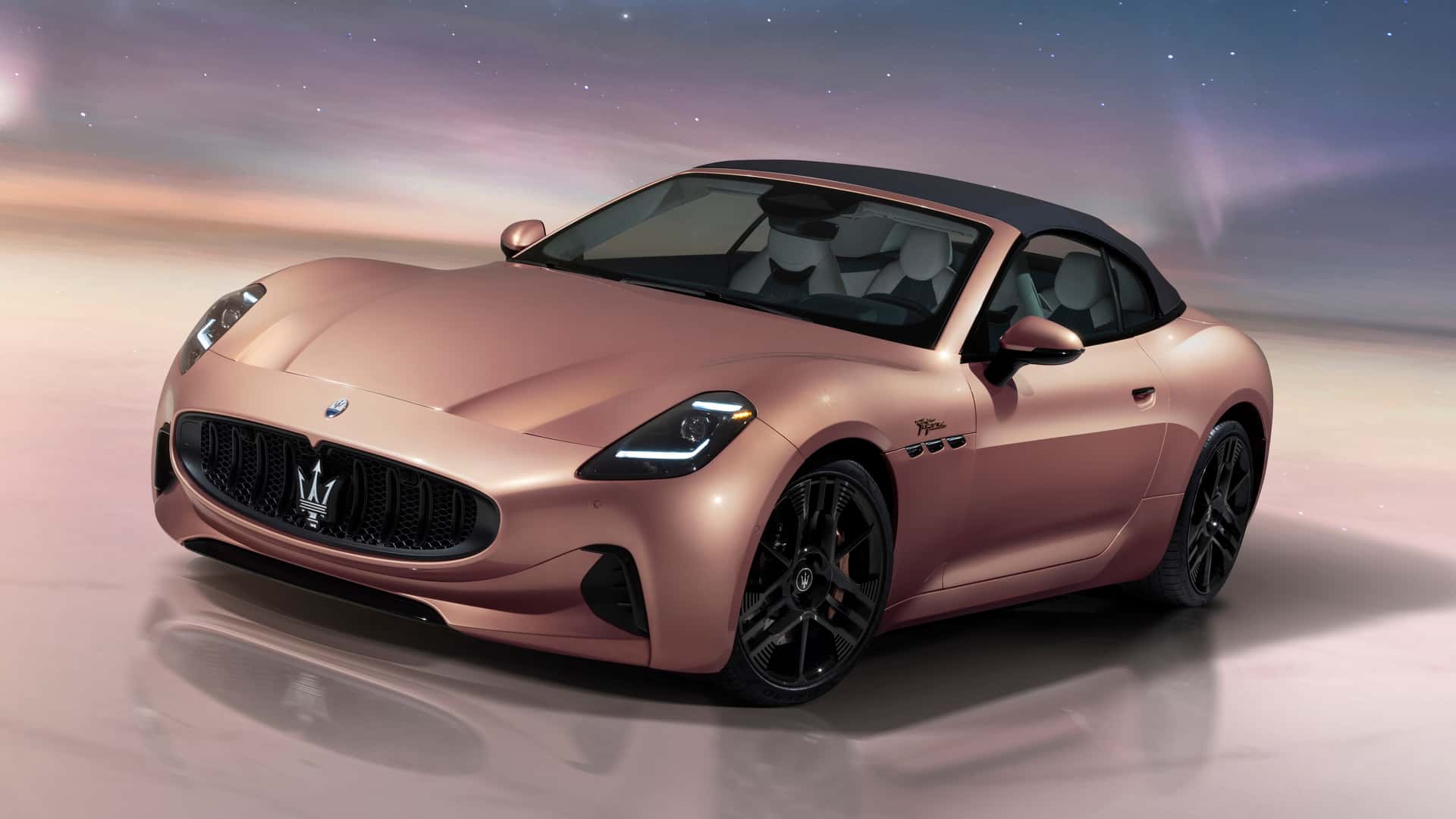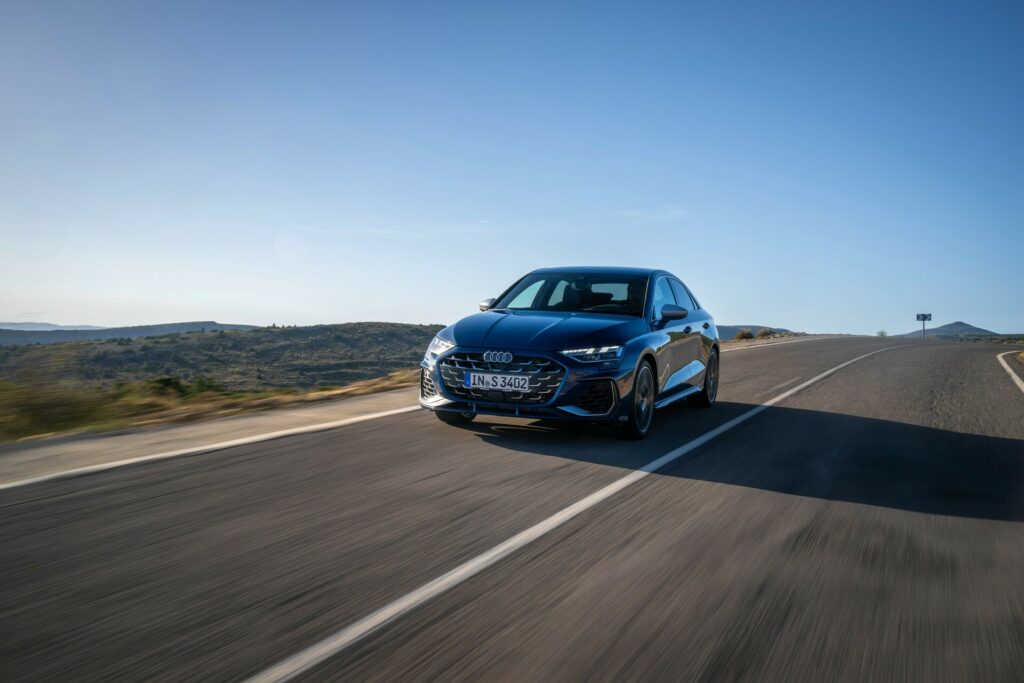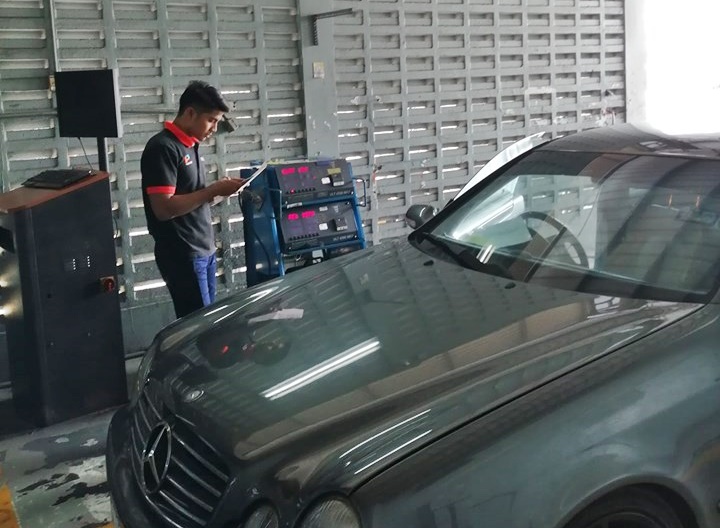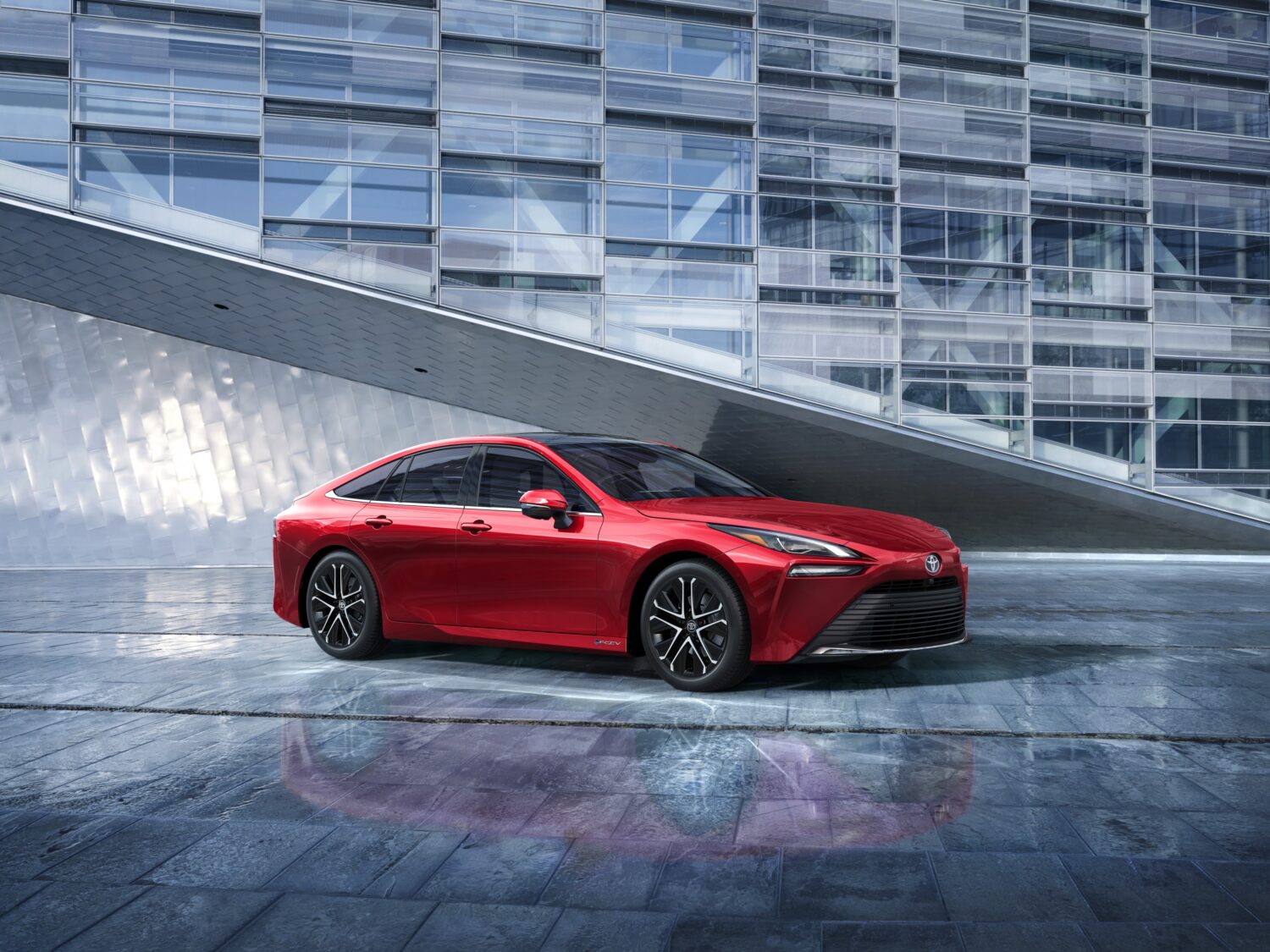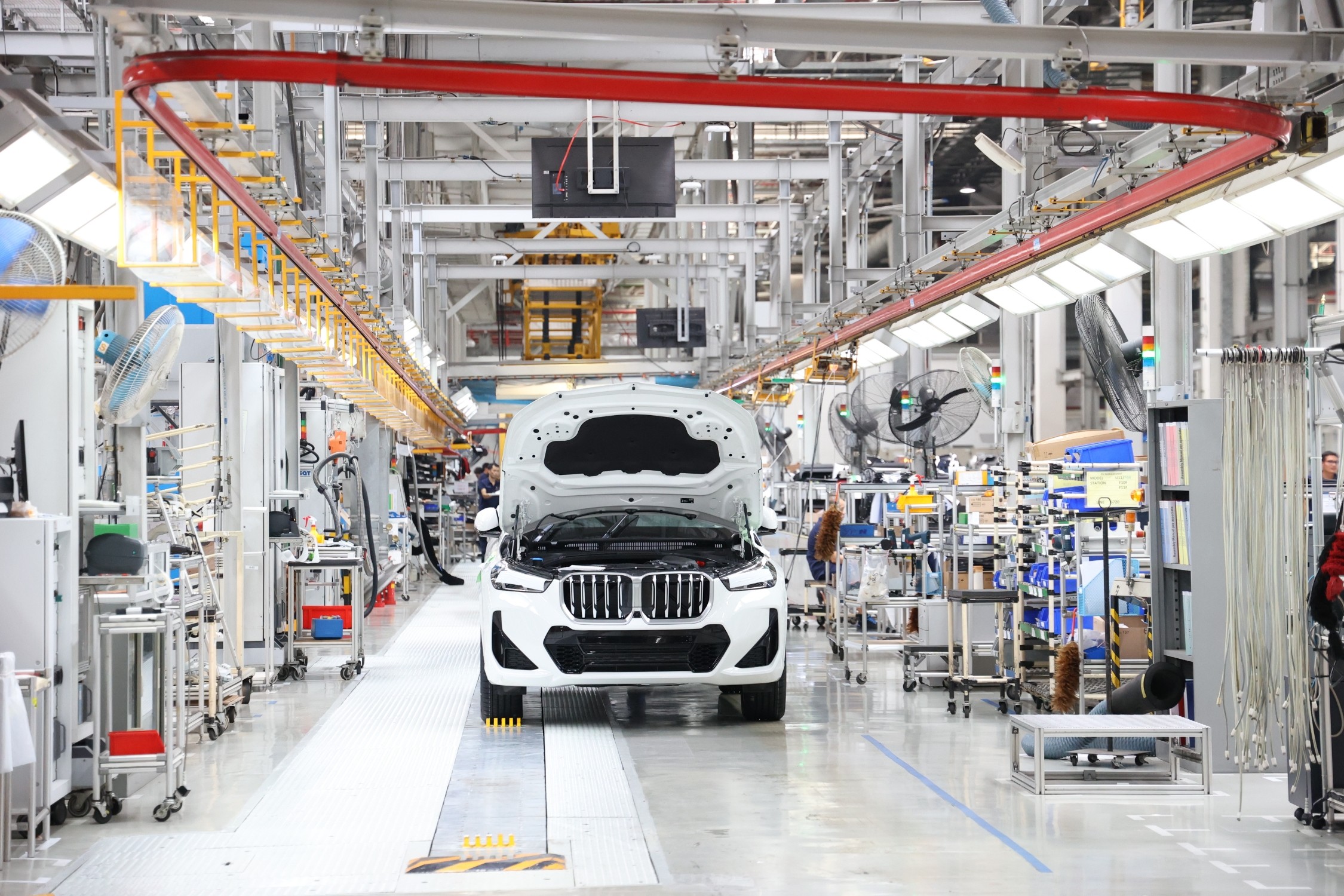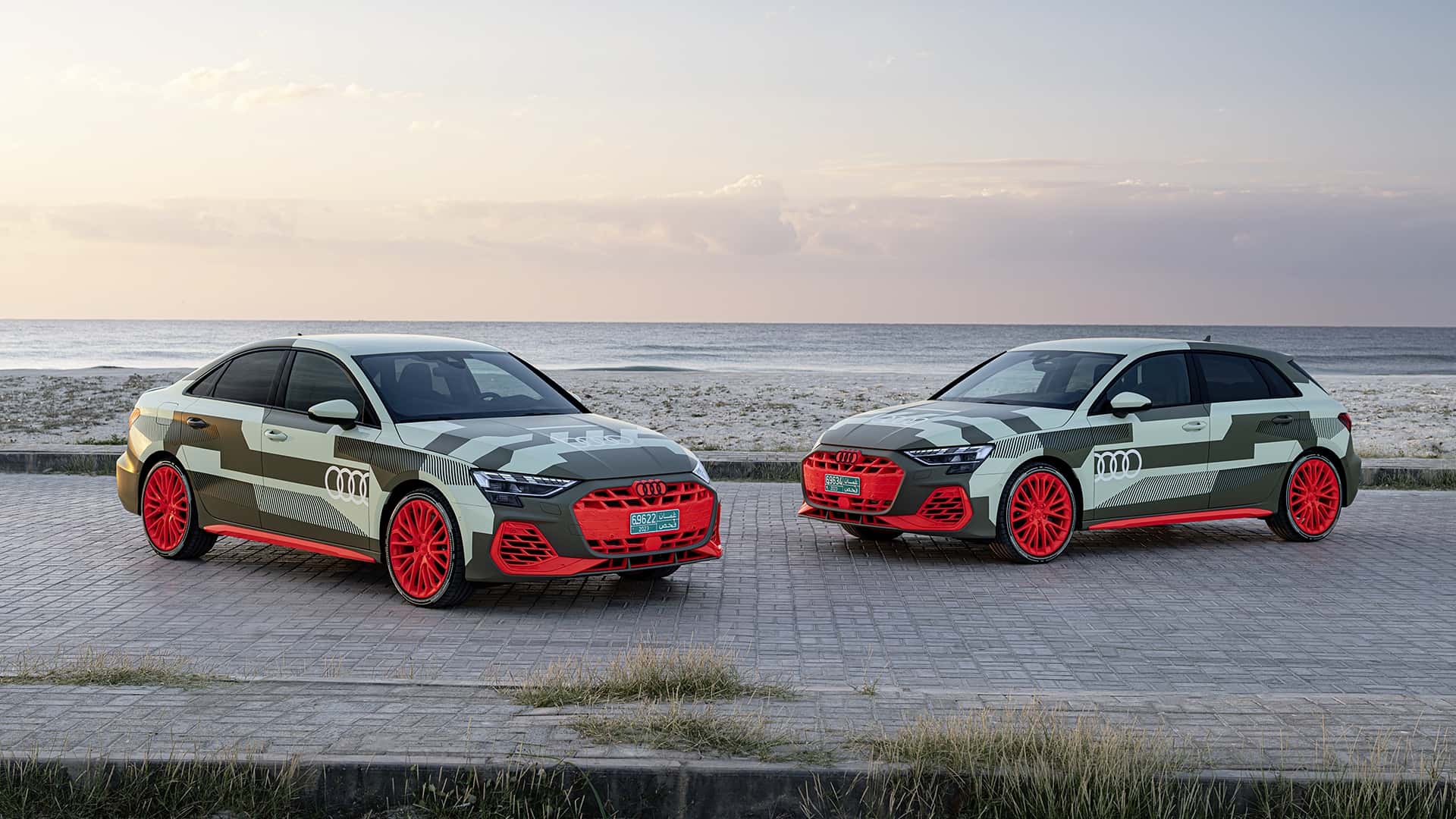Since the 1970s, Volvo Cars has displayed many concept cars and design studies. Many have been just studies while a handful, like the ECC of 1992 and the XC60 Concept of 2007, have been previews of near-term production models. In many cases, if you look at the new models that come out, there will be elements of concept cars in their design even if the concept car’s looks do not become a reality.
New paradigm in car design
With the Volvo Concept Recharge, the Swedish carmaker is giving a preview of its new paradigm in car design, a manifesto for the next generation of all-electric Volvos to be led by the next XC90 SUV to be launched next year.
True to the heritage of Scandinavian design, the Concept Recharge has the mantra of ‘less but better’ at its core. For example, with an electric powertrain removing the complexity of the internal combustion engine, the designers have been able to evolve the car’s proportions to increase interior space while also improving aerodynamic efficiency.
Architecture purely for electric powertrains
This isn’t Volvo’s first range of electric cars but before this, the designers have had to utilise architecture developed with combustion engine-powered cars in mind. That meant that the full benefits of an electric powertrain were not exploited as there was a need for a balance in proportions and space to be able to accommodate both a battery pack and an internal combustion engine.
The Concept Recharge breaks free of this association, using a completely new electric-only technology base. By removing the engine and replacing it with a full battery pack under the flat floor, the designers have extended the wheelbase and the wheel size of the car. The result is shorter overhangs, as well as a lot more interior space including a large storage area between the front seats.
In the Concept Recharge, these advancements have led designers to reposition the seats, optimise the roof profile and lower the bonnet of the car, while retaining the high eye point beloved by drivers of SUVs. This approach creates efficiency gains in aerodynamics compared to a typical SUV, which improves range.
New Volvo design language
This concept car also introduces a new Volvo design language. Continuing the theme of ‘less but better’, all unnecessary elements have been removed and what remains is treated with a high-precision, flush execution.
The traditional grille has been replaced with a shield-like structure; there is no longer the need for openings in the nose to let air in to help in cooling the radiator and engine. At either corner is a new interpretation of Volvo Cars’ Thor’s Hammer headlight design. These lighting units include the latest HD technology-enabled pure graphic which open at night to reveal the main lamp units.
The rear view also shows signature slim vertical rear lamps which first appeared on the 850 Wagon in the late 1990s. A visual connection to the brand’s strong design heritage, they have been reimagined with a set of wings that extend at higher cruising speeds to further improve overall aerodynamics.
“Our Concept Recharge represents a manifesto for the all-electric future of Volvo Cars, as well as a new type of vehicle,” said Robin Page, head of design. “It displays new and modern proportions that go hand-in-hand with increased versatility and shows what technology can enable in terms of design.”
New user experience inside
The Volvo design language also takes a new form inside. The flat floor provides more space and a better seating position for all those inside the car. A large, 15-inch standing touchscreen is the centre of the user experience for the company’s next-generation connected infotainment system.
“Inside the Concept Recharge, we create a truly Scandinavian living room feeling,” said Page. “The interior integrates our latest user experience technology with beautiful, sustainable and natural materials. Each part of the interior is like a piece of art and could stand alone as individual furniture in a room. We use the latest technologies but not for their own sake. We always focus on the benefits that technologies can bring.”
It doesn’t need to be said that the Concept Recharge also reflects Volvo Cars’ safety ambitions in coming years. A LiDAR sensor, built by technology company Luminar and a critical part of Volvo Cars’ plan for forthcoming safe autonomous drive technology, is placed in an optimal position on the roof to collect data on the environment around the car.
Next Volvo XC90 to have LiDAR technology and AI-driven supercomputer as standard


